

| Completion Year | 2013 |
| Number of Blocks | 4-storey amenities building over 1-storey basement |
| Type | Government, Institutional and Community |
| Project Developer / Owner | Hang Seng Management College |
| Project Manager | Hang Seng Management College |
| Architect | Wong & Ouyang (HK) Llimited |
| Landscape Architect | Urbis Limited |
| M&E Engineer | Wong & Ouyang (Building Services) Llimited |
| C&S Engineer | URS Hong Kong Limited |
| Main Contractor | Kaden Construction Limited |
| Quantity Surveyor | Rider Levett Bucknall Limited |
| Sustainable Design Consultant | Allied Environmental Consultants Limited |
| Environmental Consultant | Allied Environmental Consultants Limited |
| Acoustic Consultant | Shen Milsom & Wilke Limited |
Like other campus development within Hang Seng Management College, the design of Block B - Sports and Amenities Centre has incorporated innovative environmental ideas to promote sustainability.
Design of Block B has strictly followed the Urban Design Guidelines. Other than that, extensive vegetated open space with outdoor sitting areas and bicycle racks have been provided for active and passive recreational uses. Environmentally-friendly building materials, such as bamboo and sustainable forest products, have been widely adopted in the proposed development. Water-efficient devices have also been employed to optimise water use. Durable and loose fit materials such as curtain wall, terracotta and fins were installed. Insulated glazed unit glasses with low visual transmittance and high thermal insulation performance have been installed for the major curtain wall system to maximise daylight while reducing heat gain. Furthermore, building management system is installed to optimise the operational energy use. Financial budget is reserved to monitor and review on operation and maintenance with respect to the consultation results from staff and students on the building performance.








People
A sustainable building starts with due consideration on people and thus HSMC campus embraces the following principles:
Campus for the 21st Century
As the Hang Seng Management College is developing into one of the leading tertiary education institutions in Hong Kong with increasing investments in estate and learning technologies, it is necessary to provide a campus design with cost-effective space utilisation that meets the growing needs of the College.
Learning Campus
Within recent years, campuses have seen dramatic shifts in technology, teaching paradigms, study habits, cross disciplinary programs, diversity, and the evolution of the living/learning campus where the line between a student’s socialisation and education cannot be distinguished. Students increasingly learn wherever there are opportunities for interaction. The entire campus is a learning place. There is a proven connection between academic performance, retention, and graduation rates, and the qualities of the campus environment beyond the classroom. The learning campus maximises the probability of chance encounters and encourages lingering, whether alone or in groups. The learning campus is dynamic. Boundaries between formal and informal activities fade. The physical campus therefore plays a key role in expressing and achieving the Hang Seng Management College’s mission and objectives as the leading private university in Hong Kong providing top quality business education. The Campus itself has been conceived as a place that teaches, with a host of sustainable measures installed. Through daily use of the buildings, the students help participating and understanding sustainable issues. With the open campus policy, sustainable concepts reach a wider local community who use the buildings.
Connectivity - The College Street
With the expansion of the campus facilities and substantial increase in student and staff numbers, circulation and connectivity vertically and horizontally throughout the campus is of fundamental importance. We intend to develop the concept of Connectivity in the form of a ‘College Street’ as the main theme for the Hang Seng Management College Campus. The Street will organise a variety of educational and social activities harbouring opportunities for encounter and give clear access to teaching and amenity, civic and academic spaces.
Policy
The Government and stakeholders’ corporate policies have tremendous influences on sustainable development. There has been rising public concern over the quality and sustainability of the built environment. To enhance the quality and sustainability of the built environment the Buildings Department in 2011 stipulated a Sustainable Building Design Guideline, which is a pre-requisite for GFA concessions for all green / amenity features and non-mandatory plant rooms and services, to promote sustainable building designs and energy efficient features in new developments. Moreover, participation in the BEAM Plus certification scheme by the Hong Kong Green Building Council is also a requirement for GFA concessions. Due to existing site constraints and tight programme, GFA concessions have not been applied for the project. However, despite that GFA concessions were not applied, it was the decision of the College for all buildings in the campus to take part in BEAM Plus certification, with the target of Platinum rating, in order to support local sustainable design development.
Performance
The development is a showcase of excellence in “sustainable built environment” performance with measurement and verifications. HSMC did not cease looking for opportunities to adopt new design philosophy and technologies in sustainable development.
The project is also an exemplar of extensive use of bamboo to replace wood in building construction. Bamboo, having a tremendously faster growth rate than trees, is a long-term solution to preserve trees and the project is just the ideal of showing how this can be realised. The bamboo has been widely adopted in most areas such as auditorium, entrance lobbies and external landscape areas as finishes materials. Bamboo sports flooring is used in the sports hall and furniture in the development are mostly bamboo.
| Completion Year | 2013 |
| Number of Blocks | 4-storey amenities building over 1-storey basement |
| Type | Government, Institutional and Community |
| Project Developer / Owner | Hang Seng Management College |
| Project Manager | Hang Seng Management College |
| Architect | Wong & Ouyang (HK) Llimited |
| Landscape Architect | Urbis Limited |
| M&E Engineer | Wong & Ouyang (Building Services) Llimited |
| C&S Engineer | URS Hong Kong Limited |
| Main Contractor | Kaden Construction Limited |
| Quantity Surveyor | Rider Levett Bucknall Limited |
| Sustainable Design Consultant | Allied Environmental Consultants Limited |
| Environmental Consultant | Allied Environmental Consultants Limited |
| Acoustic Consultant | Shen Milsom & Wilke Limited |